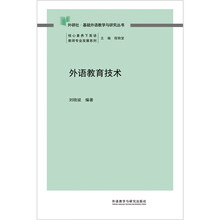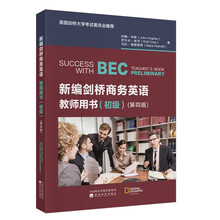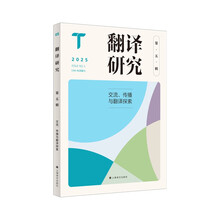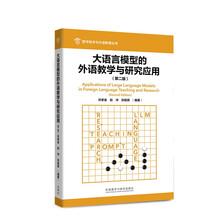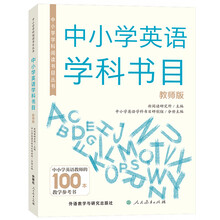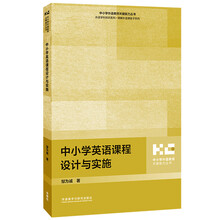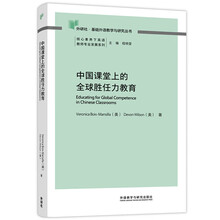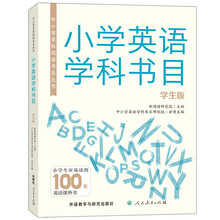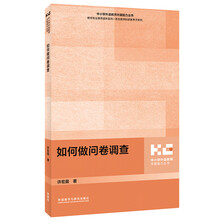Chapter 1 introduction
1.1 Introduction
1.2 The memory issue
1.3 The competition issue
1.4 The L1 lexicon vs. the L2 lexicon
Chapter 2 the effect of mere familiarization
2.1 Rationale
2.2 General method
2.3 Experiment 1: Mere familiarization and PLE
2.4 Experiment 2: Mere familiarization and masked repetition priming
2.5 Interim conclusion
Chapter 3 the effects of real acquisition
3.1 Description of the training
3.2 Experiment 3: One session of learning and PLE
3.3 Experiment 4: One session of learning and visible PLE
3.4 Experiment 5: Multiple sessions of learning and PLE
3.5 Experiment5B
3.6 General discussion
Chapter4 testing chinese-english bilingual
4.1 The separate vs. integrated view of the bilingual lexicon
4.2 Episodic nature of L2 lexical representation
4.3 A developmental view of the bilingual lexicon
4.4 Experiment 6: Bilingual speakers learn L2 new words
Chapter 5 general discussion and conclusions
5.1 The representation of the newly learned words
5.2 What is the effect of mere familiarization?
5.3 What does a single session of real learning achieve?
5.4 The effect of multiple sessions of learning
5.5 What are the possible interpretations of PLE?
5.6 Future directions
Appendix
Appendixa items in experiment1
Appendixb items in experiment2
Appendixc the novelword list
Appendixd example screens for learning
Appendixe items in experiments 3, 5 and 6
Appendixf items in experiment4
References
展开

